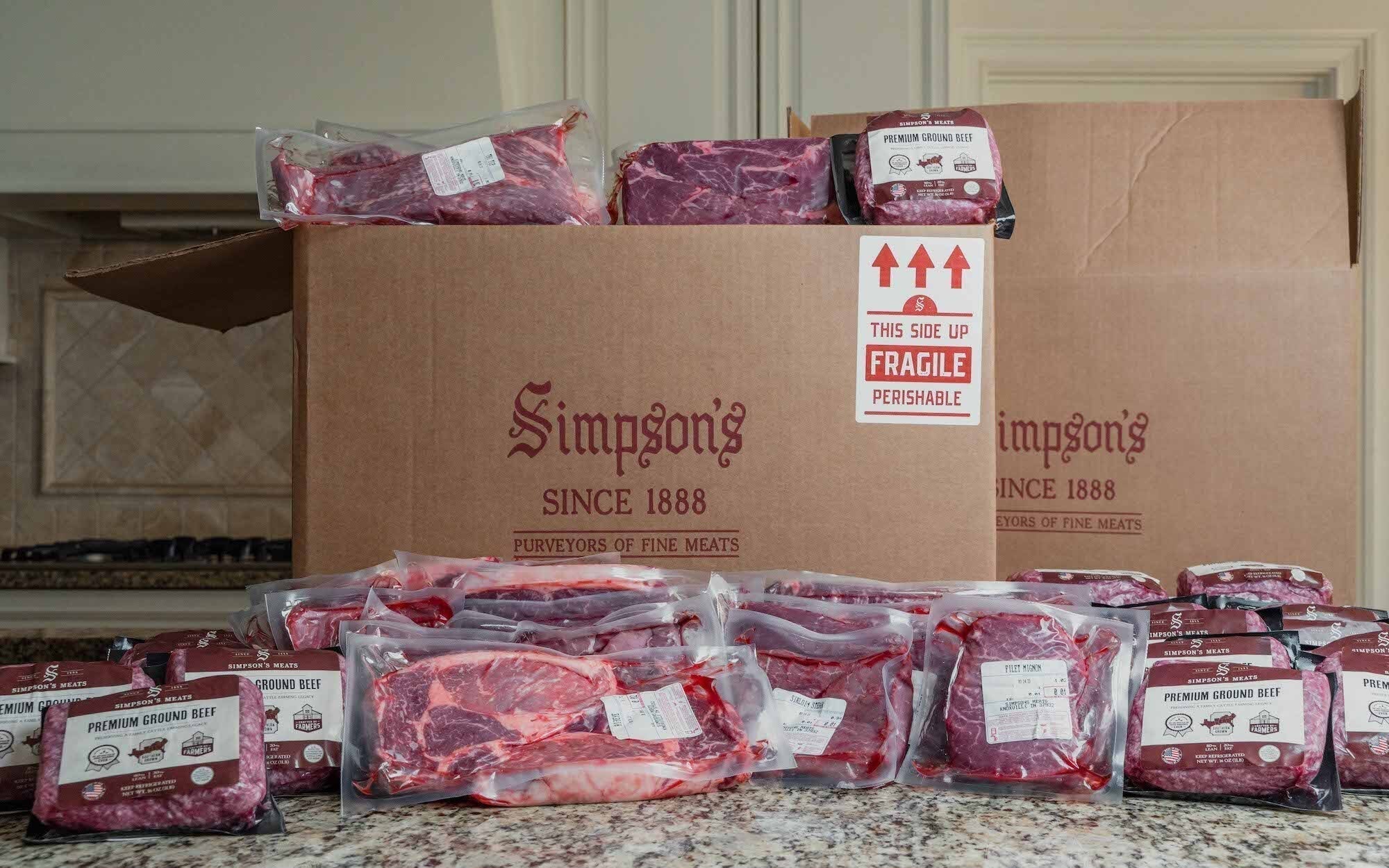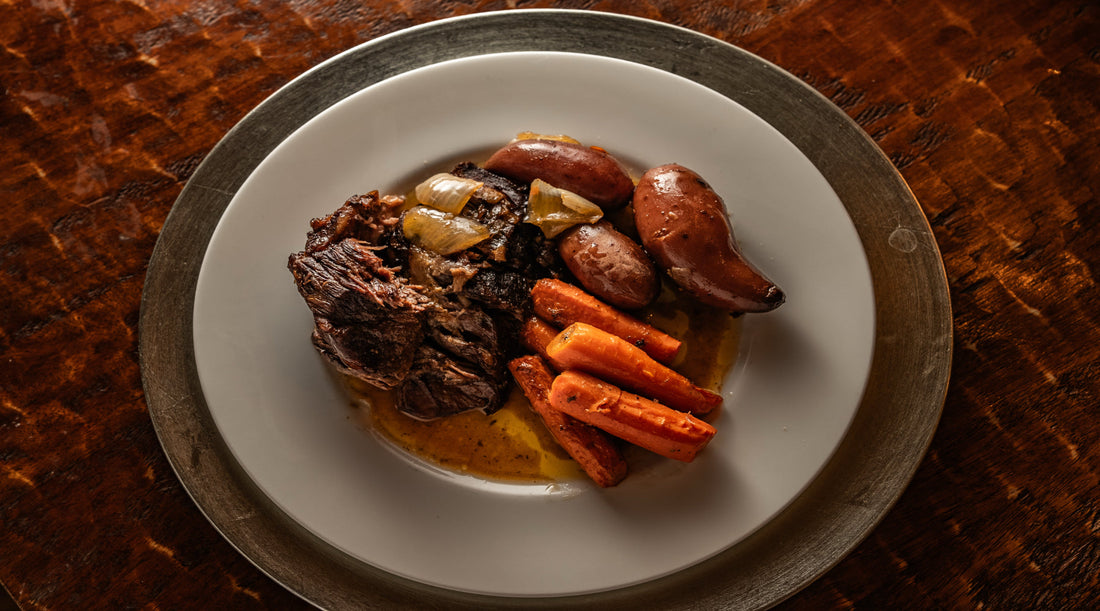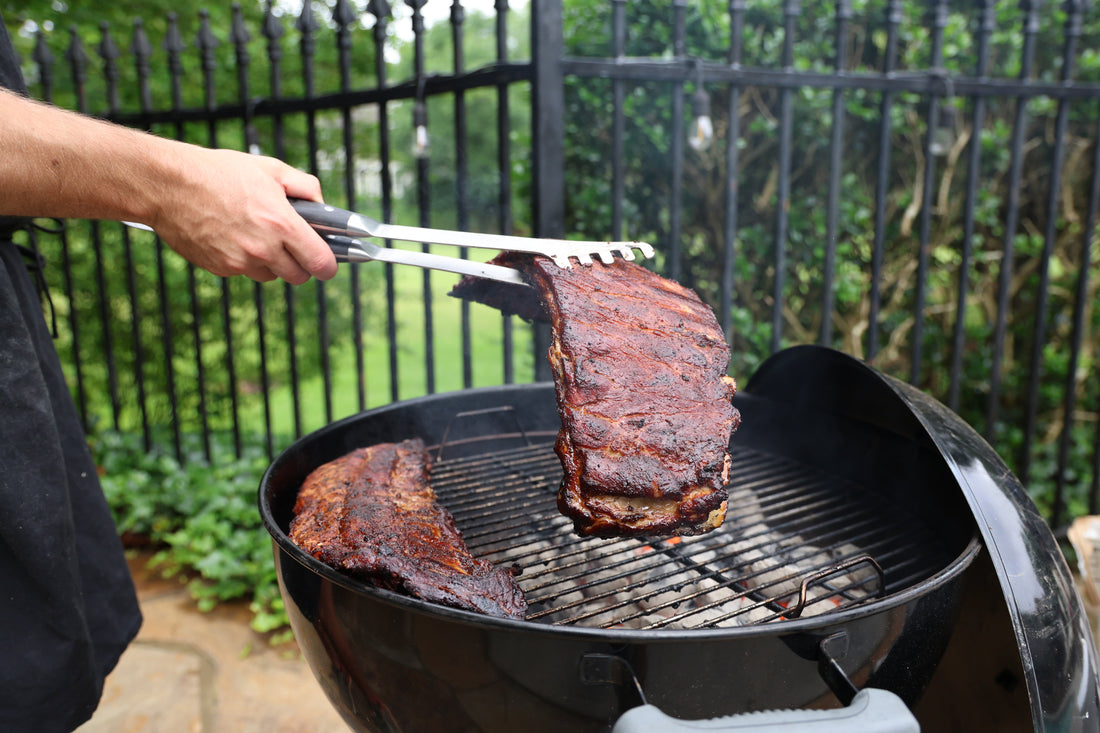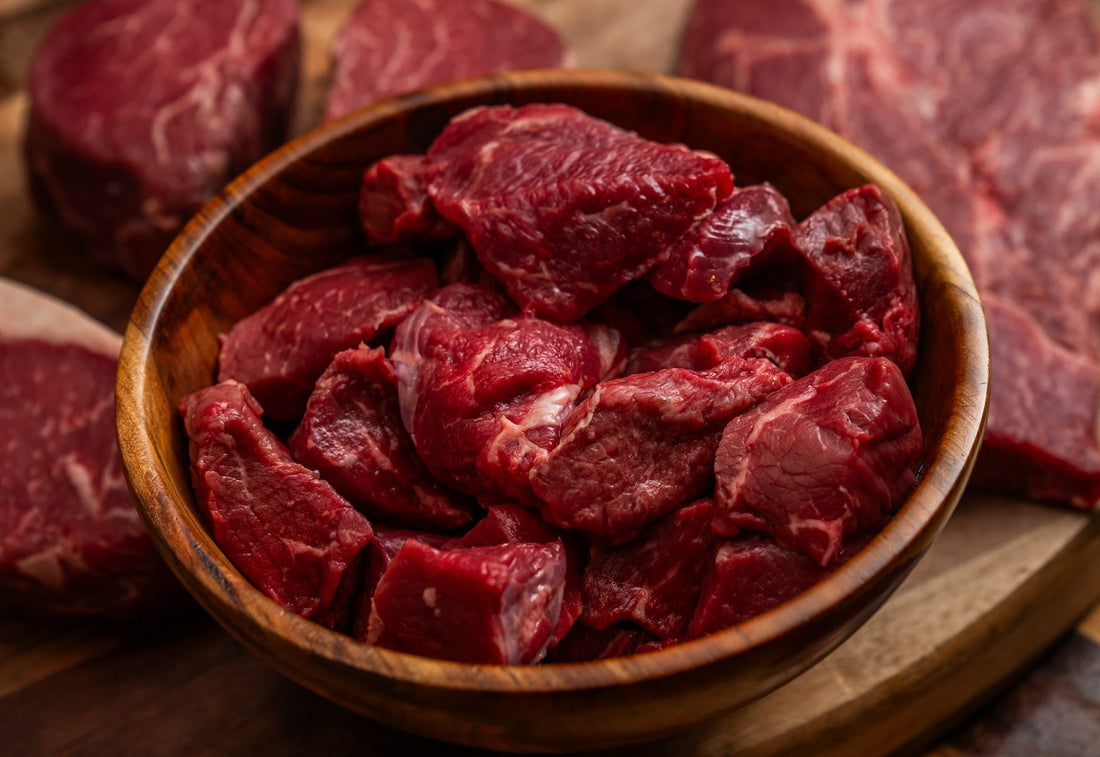If it’s your first time buying half a cow, it can feel like a big step.
How do you store all that meat? How much does it really cost? And is it worth it?
Here’s the truth: buying a half cow is one of the smartest ways to fill your freezer with high-quality beef and save money in the long run.
At Simpson’s Meats, we make the process simple — from the farm to your freezer — so you can skip the middlemen, avoid inflated grocery prices, and enjoy premium beef every time you cook.
Let’s break it all down.
How Much Does a Half Cow Cost?
The price of a half cow can vary a bit, depending on things like breed, feed, and size. For most families, a pasture-raised half cow will cost between $2,000 and $3,000.
That price covers everything — the beef itself, professional butchering, vacuum-sealed packaging, and delivery right to your door. No hidden processing fees, no extra charges. Just premium, pasture-raised beef, ready for your freezer.
When you buy half a cow, you’re getting the same high-quality beef our local customers have trusted for years — the same cuts served in top restaurants and on family tables across the country.
Why Buy Half a Cow From a Ranch?
1. Save Money Over Time
Buying in bulk means you pay less per pound than you would at the grocery store. It’s an upfront investment that pays off quickly — especially when you realize you’ve locked in a steady supply of premium beef at a fair price, no matter what grocery store prices do next.
2. High-Quality, Farm-Raised Beef
When you buy from Simpson’s, you’re getting beef from cattle raised the right way — pasture-raised, hormone-free, and cared for on family land. That attention to detail shows in the flavor, tenderness, and nutrition of every cut.
3. Variety in Every Box
Your half cow includes a wide mix of cuts — tender steaks for grilling, roasts for slow cooking, and plenty of ground beef for everyday meals. Every cut comes vacuum-sealed and labeled, so all you have to do is thaw, cook, and enjoy.
4. Know Where Your Food Comes From
You’ll always know exactly where your beef was raised and who raised it. We’re proud to share how our cattle are cared for, what they eat, and how we handle every step of the process — because transparency builds trust, and that’s what Simpson’s Meats is built on.
5. Support Local Farmers
Every order supports real farmers and butchers here in the U.S. When you buy a half cow, you’re helping sustain local agriculture, preserve open pastureland, and keep food production rooted in quality — not shortcuts.
How Much Meat Comes With a Half Cow?
A half cow yields roughly 200 pounds of finished beef, all individually vacuum-sealed and labeled for easy storage.
That includes:
-
A mix of premium steaks (like ribeye, NY strip, sirloin, filet)
-
Roasts for family meals
-
Plenty of ground beef for tacos, burgers, and weeknight cooking
-
Other favorites like short ribs, stew meat, and brisket
Everything arrives frozen solid and perfectly packaged — no cutting, wrapping, or portioning required. Just fill your freezer and start planning your next meal.
Storing and Enjoying Your Beef
A standard upright or chest freezer (around 7–10 cubic feet) is usually plenty of space for a half cow. All your beef will arrive vacuum-sealed, keeping it fresh for 9-12 months in your freezer with no loss of flavor or quality.
Here are a few quick tips:
-
Keep your freezer at 0°F or below to maintain top quality.
-
Organize by cut so you can easily grab what you need.
-
Rotate and plan meals to enjoy every cut — from everyday ground beef to weekend ribeyes.
That’s it — no repackaging or prep needed. We’ve done all the work for you.
Choosing the Right Supplier
Not all beef is created equal, and not all farms operate the same way. When you’re choosing where to buy your half cow, here’s what matters most:
-
Reputation and Reviews: Look for proven customer satisfaction and consistent quality (our ¼ and ½ cow customers have a lot to say — check the reviews below!).
-
Transparency: You should know how the cattle are raised and processed. We’re always open about our practices because we believe customers deserve to know.
-
Customer Care: Buying in bulk should be easy, not confusing. We guide you through every step — from your first question to your first meal.
-
Sustainable Practices: Our cattle are raised responsibly, without shortcuts or unnecessary chemicals. It’s better for the land, and it’s better for your family.
When you choose Simpson’s Meats, you’re choosing beef that’s traceable, trustworthy, and truly top-tier.
Ready to Get Started?
Buying half a cow doesn’t have to be complicated. We’ve made it easy, convenient, and completely transparent — so you know exactly what you’re getting and why it’s worth it.
If you’re looking for a better way to stock your freezer, a smarter way to spend your grocery budget, and a partner you can trust for premium beef — you’ve found it.
Order your Half Cow from Simpson’s Meats today, and fill your freezer with beef you’ll feel good about serving all year long.
(Updated October 2025)
Frequently Asked Questions
How much does a half cow cost?
Most pasture-raised half cows cost between $2,000 and $3,000. Prices vary depending on size, farming practices, and processing preferences.
How much meat do I actually get from half a cow?
You’ll typically receive around 200 pounds of beef, including steaks, roasts, ground beef, and other assorted cuts.
Is buying half a cow really cheaper?
Yes — although the upfront cost seems high, you save money per pound compared to buying individual cuts at the store. It’s a bulk investment that pays off over time.
How do I store all that meat?
Keep meat in a freezer set to 0°F or lower. Our vacuum-sealed will prevent freezer burn and everything is labelled with cut type and date.
How do I choose the right farm or supplier?
Look for farms with strong reviews, clear transparency about how cattle are raised, and sustainable, local practices. At Simpson’s Meats, you can even talk directly to the farmer, Jim Simpson, to learn about how your beef is raised.
How long will the meat last?
When frozen properly, most cuts will stay fresh for 9–12 months.
Can I share a half cow with someone?
Absolutely. Many families split a half cow to share the cost and freezer space. You can divide up the cuts evenly so everyone gets a good variety. Just let us know if this is what you'd like to do!





